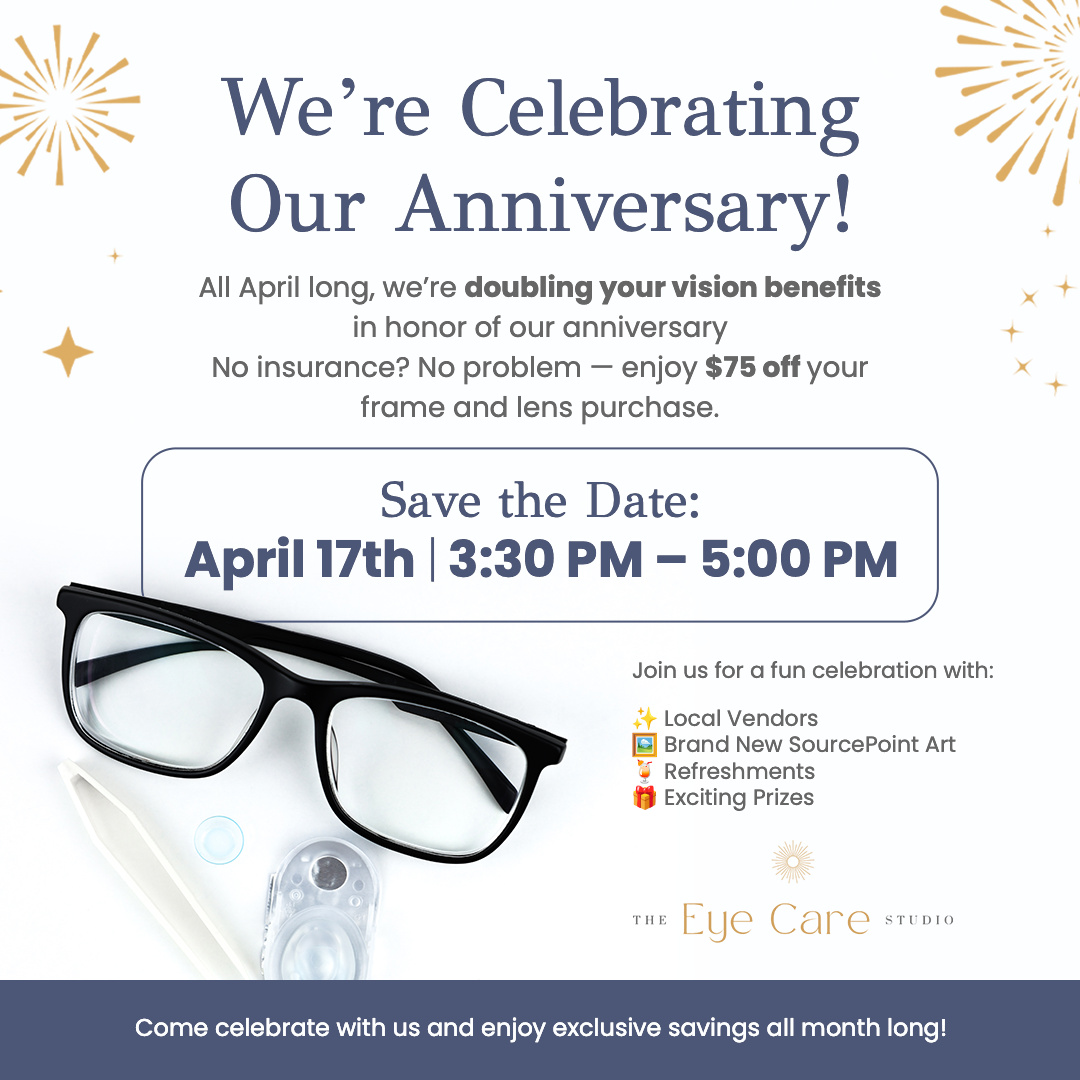
There is a lot of information out there and some of it isn't always true. We're here to let you know the facts behind the following eye myths:
1) Glasses Make Your Vision Worse - FALSE
Wearing glasses does NOT make your prescription or best corrected vision worse. In fact, not wearing glasses when you need them can actually cause your prescription to increase. Everyone has a "blur tolerance" so if you need glasses and don't have them, you may tolerate a good amount of blur because you are used to it. When you start wearing glasses and your brain and eyes realize what they should be able to easily see, your blur tolerance often decreases. This means that when you take the glasses off, your eyes notice the blurriness more than they did before- because they know it can be so much better! That is why some people find themselves wearing glasses more than they expected. If we were to check the prescription again, it would be the same. What changes is the eye's and brain's ability to tolerate blurriness.

2) "I Can See Fine. I Don't Need Eye Exams" - FALSE
When the quality of our vision changes it can be an indication that something is wrong. But that doesn't mean you are completely healthy if you have good vision. There are many conditions that affect the eyes without any symptoms- Glaucoma, Retinal Tears, Melanoma, Early Diabetes & Auto-Immune Disease. We recommend a yearly eye exam so we can check your vision but also the health of your eyes. We want to catch changes when they are early and before they can affect your vision. Ideally, we want to get treatment before you ever notice a change at all. Changes in the eye can be progressive and permanent and it is always our goal to preserve as much vision as possible for your lifetime.

3) A Child's Prescription is Going to Get Worse as They Grow. There is Nothing We Can Do About It- FALSE
This may have been true in the past but luckily, technological advances have given us very exciting treatment options! If caught early (studies have been in children ages 8-12 years old) and treated with distance-center multifocal treatment contact lenses a child's near-sighted progression can be slowed by up to 59%!! Not only does this greatly improve their quality of life, but it also reduces their risk of permanent vision loss due to glaucoma, macular myopathy, and cataracts. If a child is projected to have a prescription of -6.00D before treatment, they could stay at -3.00D or less! Ask any adult you know who is near-sighted what they would give to cut their prescription in half. It would be life-changing for them!
We hope you've learned a little bit about vision and eye health. Check back soon for Round 2 of Eye Myths!











